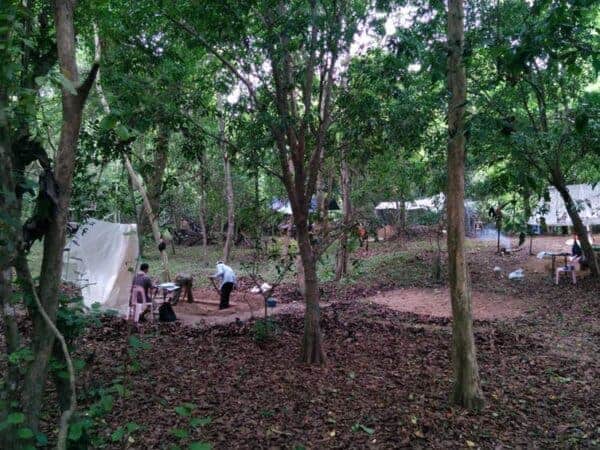
via PNAS, 3 June 2019: A recently-published paper in PNAS examines what happened in Angkor during its period of decline in the 15th century, based on multiple excavations in Angkor Wat (note: I was involved in one of these excavations in 2010) The lead author Alison Carter also writes a piece for The Conversation linked below. Congrats Alison and team!
The Angkorian Empire was Southeast Asia’s largest premodern polity. Its ancient temple of Angkor Wat has been a religious center since its construction in the 12th century CE and remains a contemporary icon for the wider Angkor polity, even appearing on Cambodia’s flag. Our paper draws from intensive excavations in the Angkor Wat enclosure to present a fine-grained chronological analysis of the temple’s use history. We focus on where people lived in the temple complex rather than on the temple itself, and identify a chronometric gap that does not fully correlate with documented historical events. This granular study of Angkor Wat’s historical sequence contributes to understanding the tempo of organizational change taking place during Angkor’s collapse.
Source: Temple occupation and the tempo of collapse at Angkor Wat, Cambodia | PNAS
See also:

























